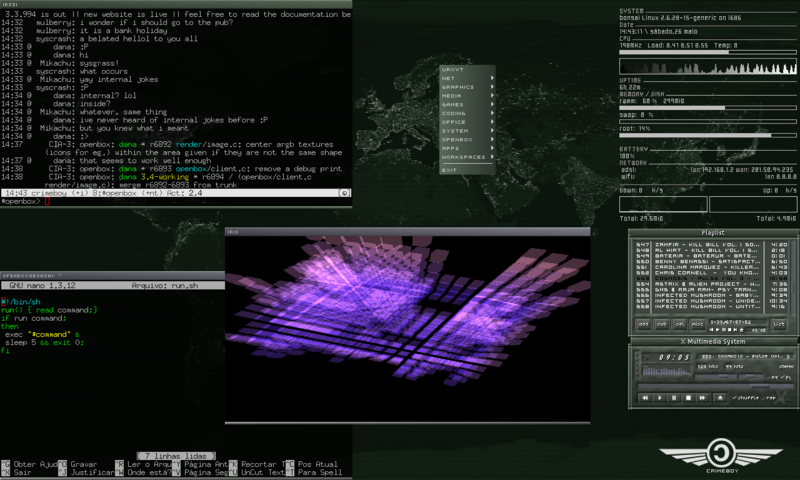 Problemas con la hora de las maquinas virtuales? Una forma de solucionarlo es hacer que el DomU sea independiente de la hora de su Dom0 de la siguiente manera.
Problemas con la hora de las maquinas virtuales? Una forma de solucionarlo es hacer que el DomU sea independiente de la hora de su Dom0 de la siguiente manera.Para probarlo
echo 1 > /proc/sys/xen/independent_wallclock
Para que sea definitivo
en /etc/sysctl.conf
# Set independent wall clock time
xen.independent_wallclock=1
Manera alternativa.
The independent_wallclock=1 may also be passed as a boot parameter to the VM.
http://docs.vmd.citrix.com/XenServer/4.0.1/guest/ch04s06.html
By default, the clocks in a Linux VM are synchronized to the clock running on the control domain, and cannot be independently changed. This mode is a convenient default, since only the control domain needs to be running the NTP service to keep accurate time across all VMs. Upon installation of a new Linux VM, make sure you change the time-zone from the default UTC to your local value (see Section 4.8, “Release Notes” for specific distribution instructions).




